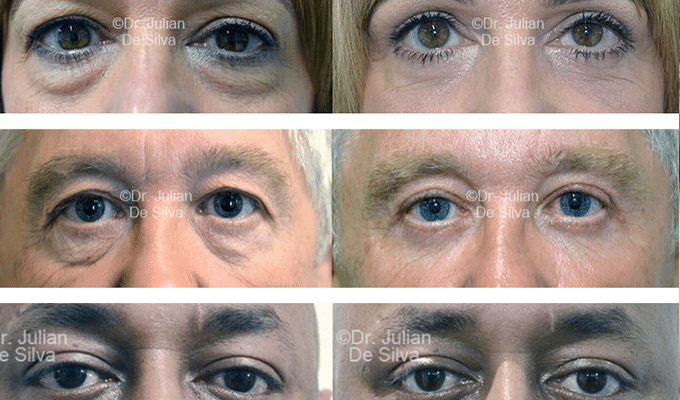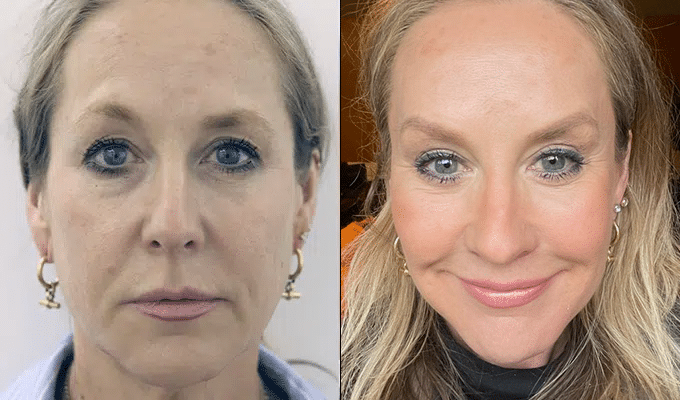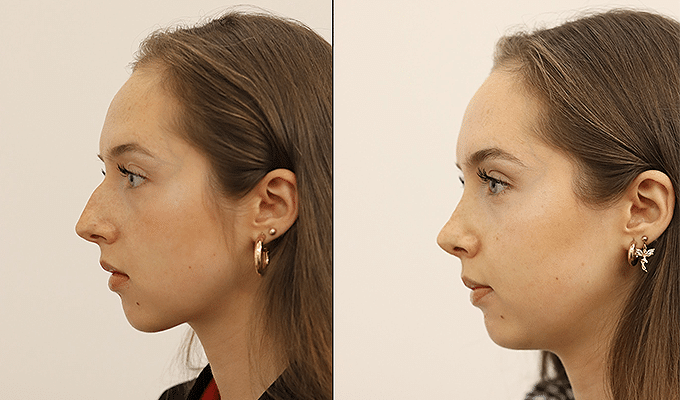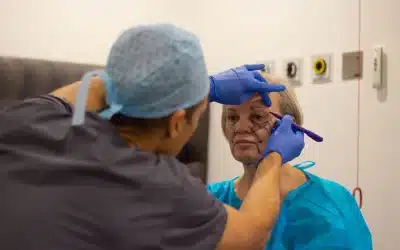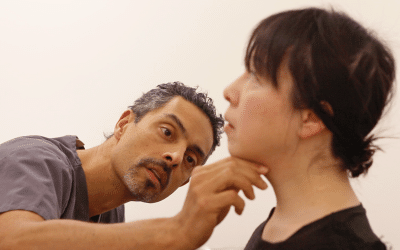World-Class Facelift & Facial Cosmetic Surgery in London, Harley Street
For patients who demand the best facelift results and attention to detail with facial cosmetic surgery Dr Julian De Silva is the first choice. Dr De Silva specialises in delivering top-tier facelift results and is renowned for his expertise in facelift procedures. Based in the World-Renowned Harley Street medical area of London.
Specialist in Natural Facelift & Neck Lift Surgery in London
Facial cosmetic surgery
Dr Julian De Silva
MBBS MD FRCO FACS BSc PGc DIC
Facial Plastic Surgeon
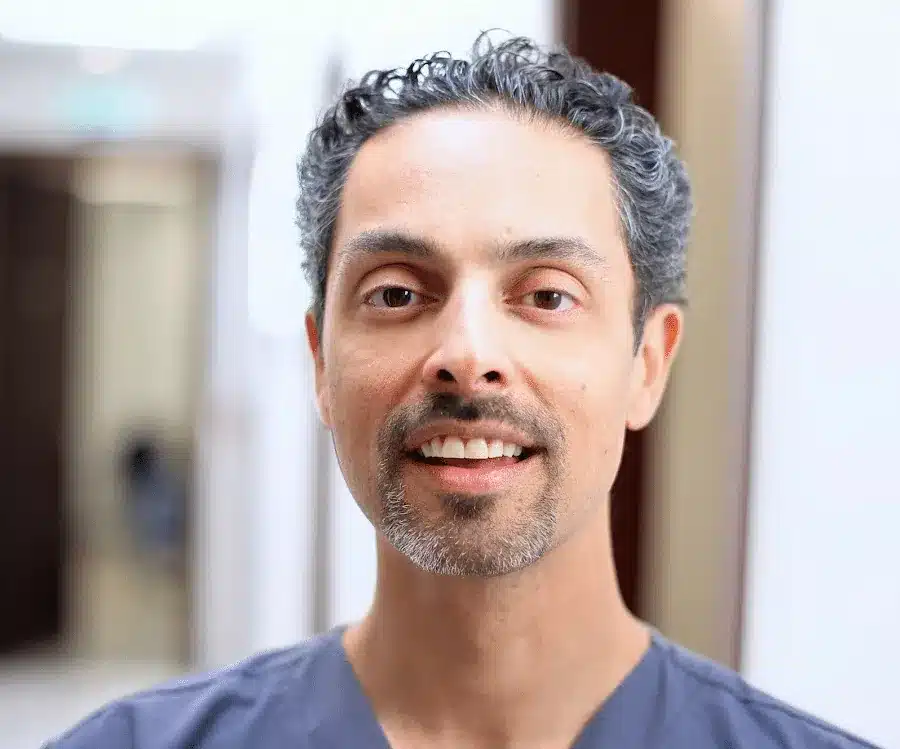
Dr De Silva specialises exclusively in facelift and facial treatments, focusing on face and neck lifts, eye and nose surgery, and is renowned for achieving natural-looking results. His expertise includes the development of the signature Vertical Face Restore 7, an advanced deep plane facelift technique seamlessly integrated with other facial procedures for a naturally youthful rejuvenation.
Facial cosmetic surgery is both an art and a science where minute measurements can make a significant difference. Dr. De Silva has been at the forefront of facelift technological advancements to expedite recovery, employing a combination of regenerative medicine techniques, oxygen therapy, and LED therapy.
Dr De Silva is a pioneer in revision facelift surgery, with over 20% of his patients opting for corrective procedures following previous surgeries elsewhere. Over the past decade, he has spearheaded the use of ‘Twilight sedation,’ earning pending patent approval for his innovative research. His dedication to minimising risks associated with general anaesthesia resulted in the establishment of a custom State-of-the-Art Surgical Centre dedicated to facial procedures, circumventing general hospitals.
Central to his values are trust and sincerity, acknowledging the inevitability of revision surgery or complications. Through gold standard techniques, innovation, and an unwavering pursuit of perfection, Dr De Silva has significantly reduced risks, exemplified by his achievement of lowering the risk of hematoma after neck lift surgery from the scientifically documented 10-12% to less than 2%.
Beyond patient care, Dr. De Silva is an international educator, imparting his knowledge to other facelift surgeons. He has played a pivotal role in advanced surgical techniques, laser technology, and stitch-less tissue adhesives. The Vertical Face Restore 7 techniques, designed by Julian for natural facial rejuvenation, have earned him the gold medal for research from the Imperial College (Royal Society of Medicine), with his research widely published in over 30 peer-reviewed journals and books.
Want to Learn If You Are Ready For A Facelift?
Answer 30 KEY questions (take less than 5 mins) and receive free customised results and advice.
Dr De Silva in the Media

CONTACT THE CLINIC
Contact Us
Talk through your concerns with a facial cosmetic surgery expert; contact us today to schedule an appointment.
Facelift & Facial Only Treatments
By focusing entirely on only facelift & facial cosmetic surgery procedures, Dr De Silva is able to provide the expertise that can only come with specialisation: facelift and neck lift, blepharoplasty, rhinoplasty and chin implants.
Natural Looking Results
Dr De Silva is a believer in the importance of artistry behind cosmetic results and focuses his skills at delivering natural looking results.
Fast Recovery
Dr De Silva has pioneered the advances in technology to speed up recovery with a combination regenerative medicine techniques, Oxygen and LED Therapy.
World Class Expertise
Dr De Silva also teaches other surgeons internationally and has contributed to the development of advanced surgical techniques, laser technology and stitch-less tissue adhesives.
WHAT WE OFFER
Facelift & Facial Surgery in London
Facelift
A facelift and neck lift can rejuvenate your facial appearance by turning the clock back, reversing signs of facial ageing, lifting sagging of facial soft tissues and skin, correcting the loss of a sharply defined neck and lifting deep facial lines that have occurred as a consequence of a facial droop.
Blepharoplasty
Dr De Silva focuses on meticulous technique to ensure a natural looking result.
De Silva’s Signature
Vertical Face Restore 7 (Deep Plane Facelift & Neck lift)
This compelling facial ageing treatment represents the culmination of a decade of work for Dr. De Silva. He refers to it as the Vertical Face Restore-7 (Deep Plane Facelift & Neck lift), involving seven steps to help patients achieve a rejuvenated appearance that makes them look at least seven years younger.
The preferred candidate for this procedure exhibits signs of facial ageing, including drooping, gravity along the jawline, and loose skin, while maintaining good overall health.
Rhinoplasty
“I focus my attention on utilising specialised techniques through open or closed (hidden incision, also known as endo-nasal) surgery to improve the nasal aesthetics. I consider the key to natural-looking nose reshaping is delicacy and subtlety, less is usually more when it comes to the nose”.
World Class Facial Cosmetic and Plastic Surgery
Dr Julian De Silva’s Facelift Transformations
Dr De Silva has transformed thousands of faces through his unique surgical techniques. Below is a small sample of some of his transformations.
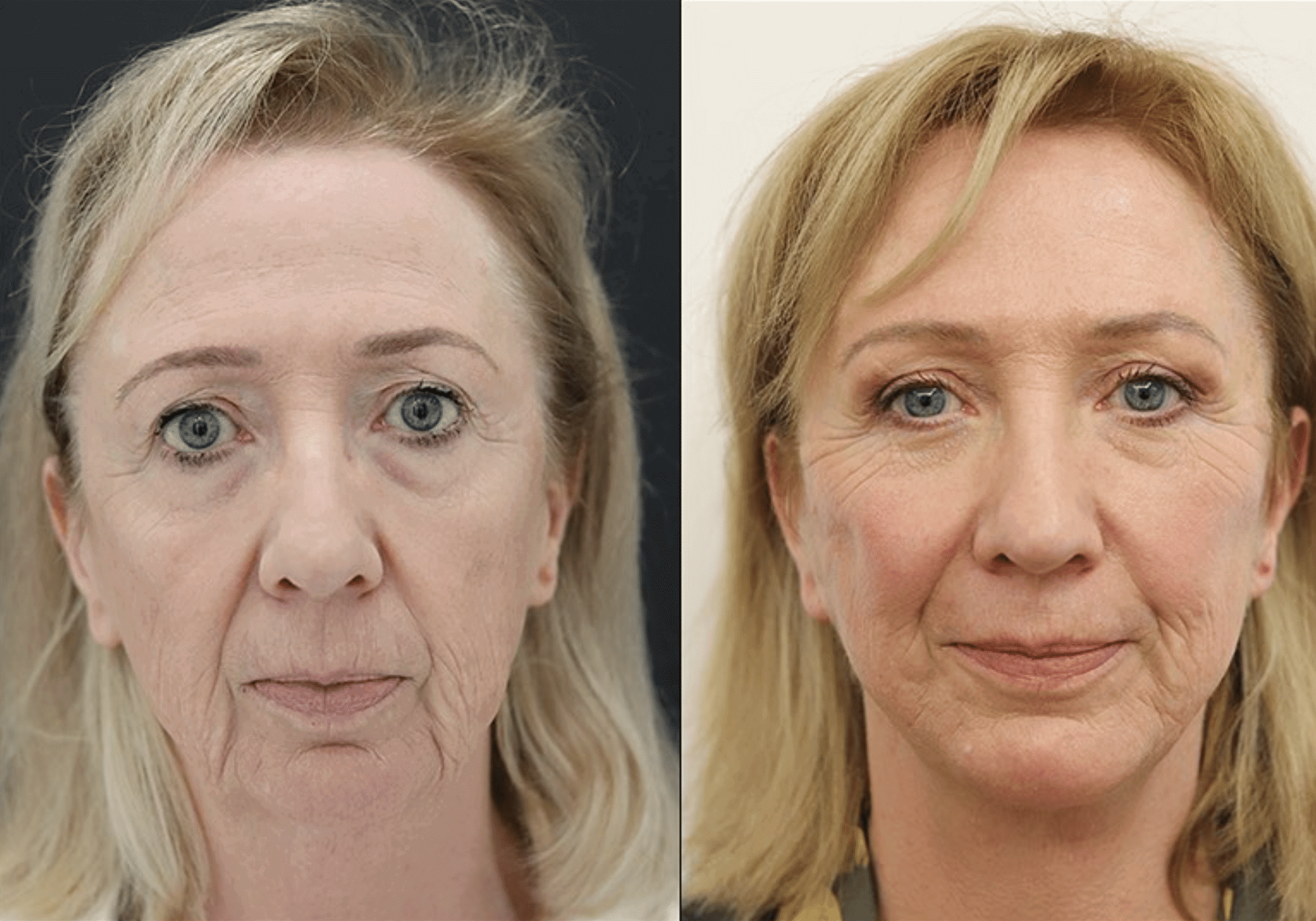
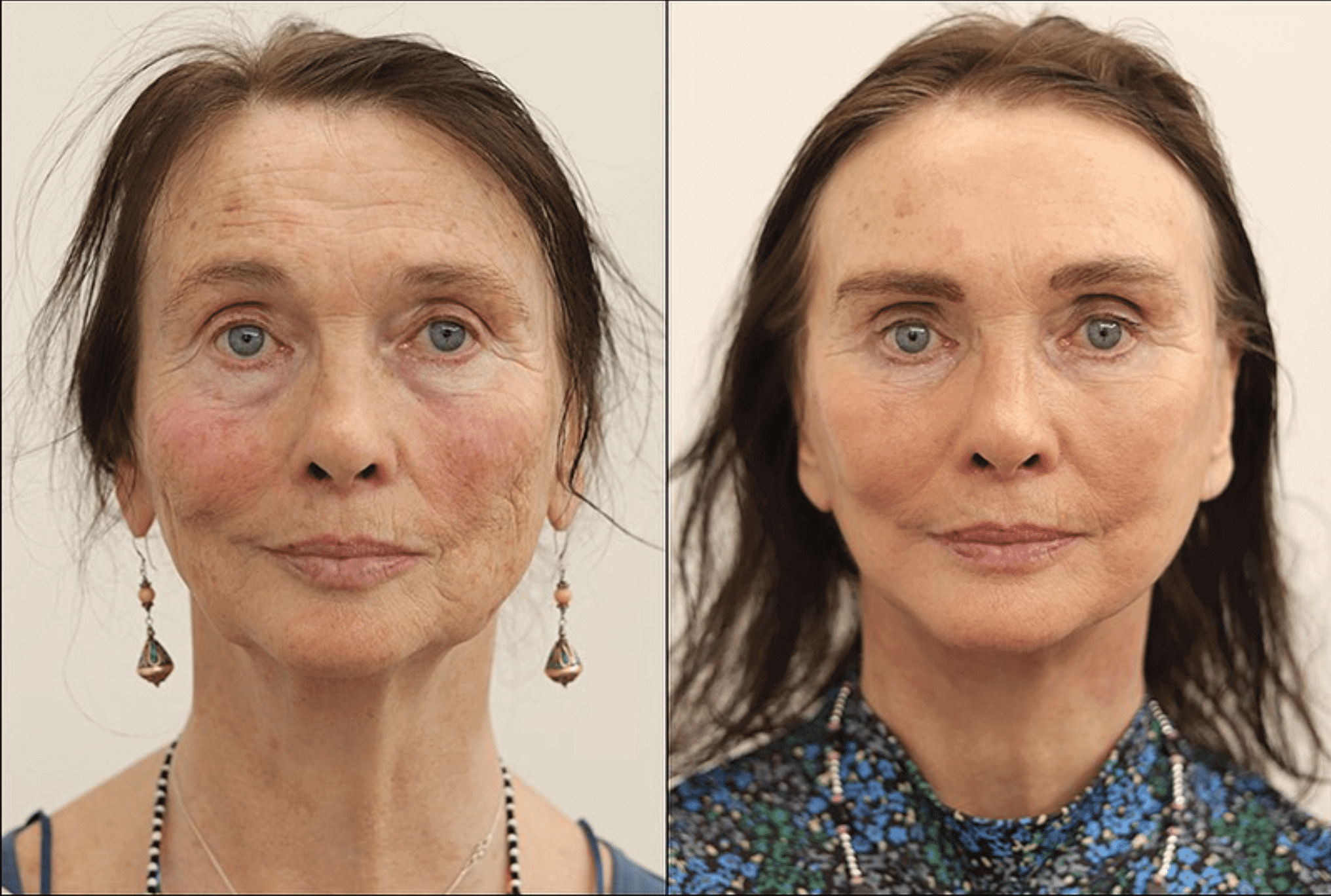
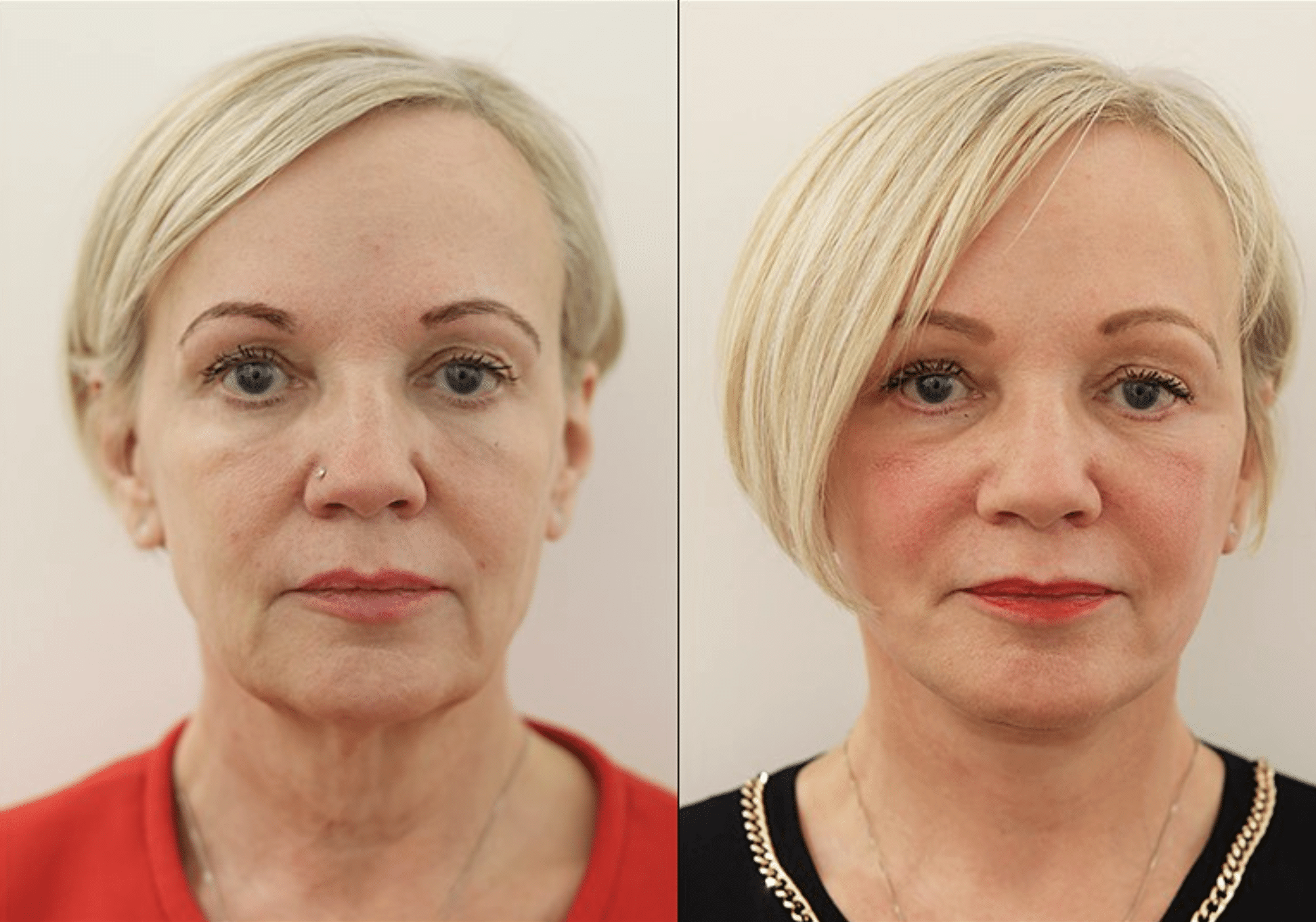
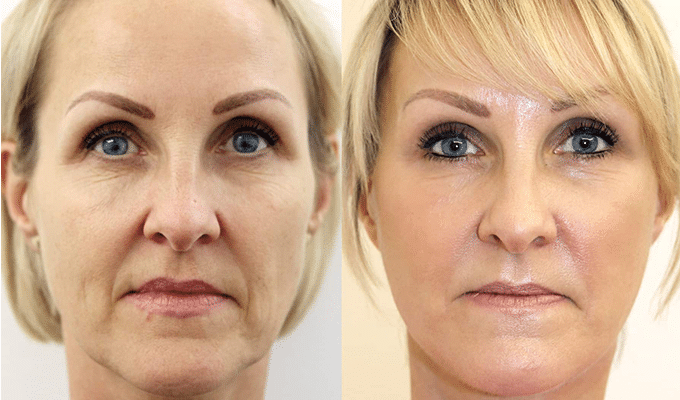
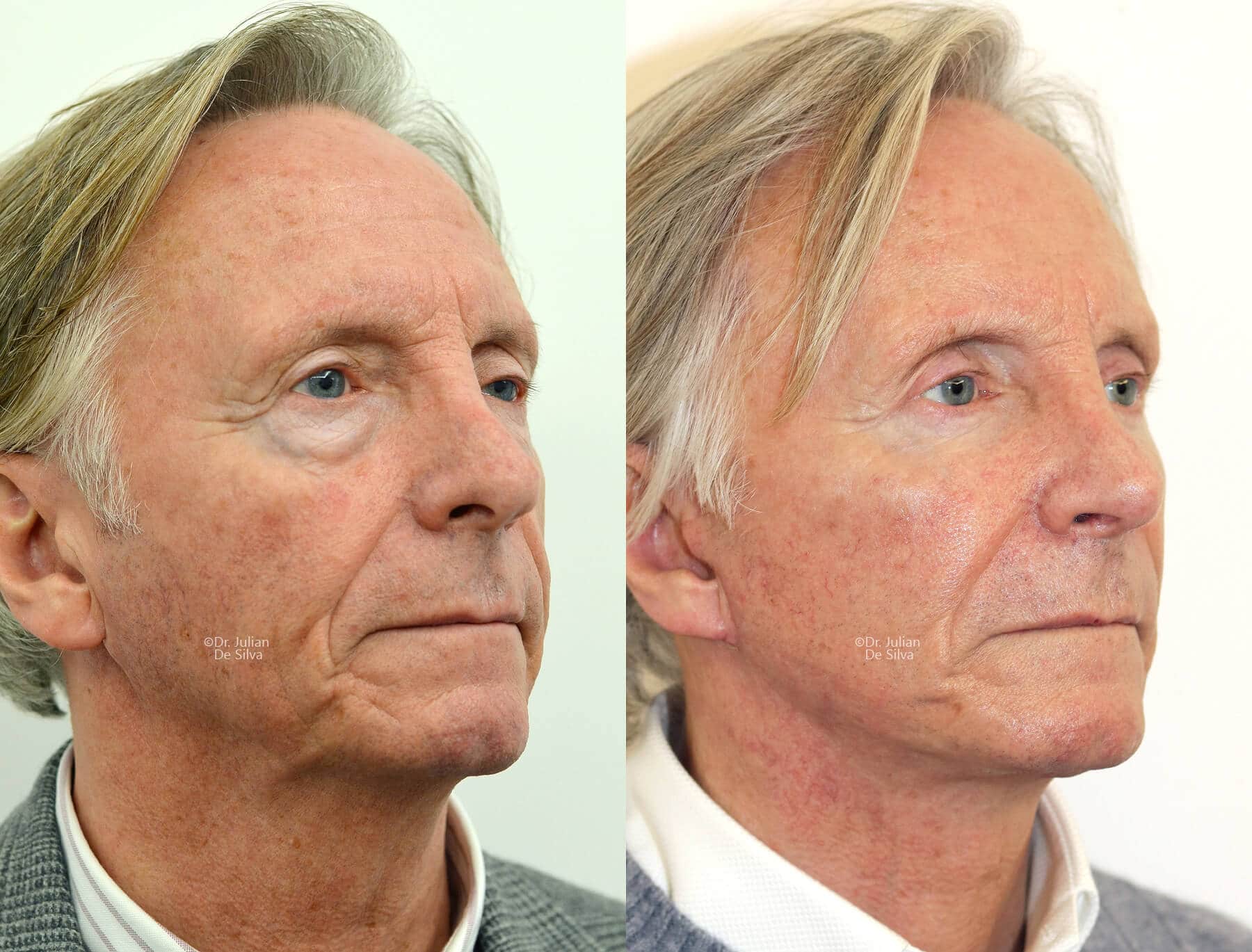

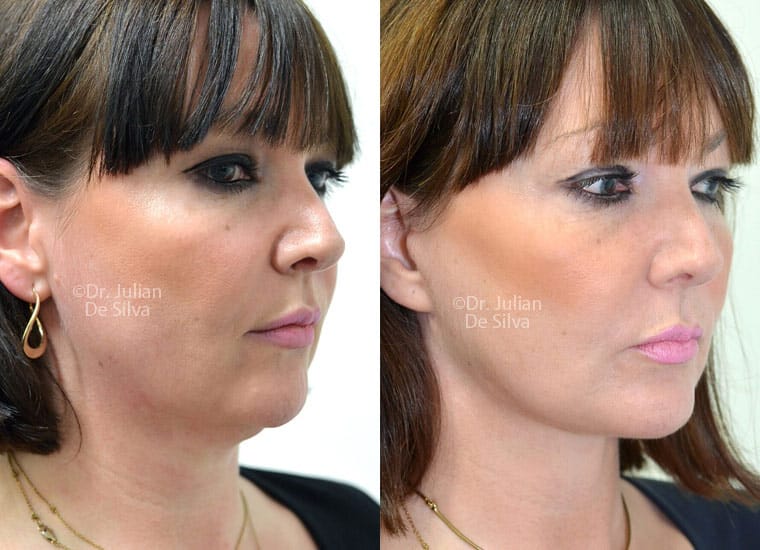
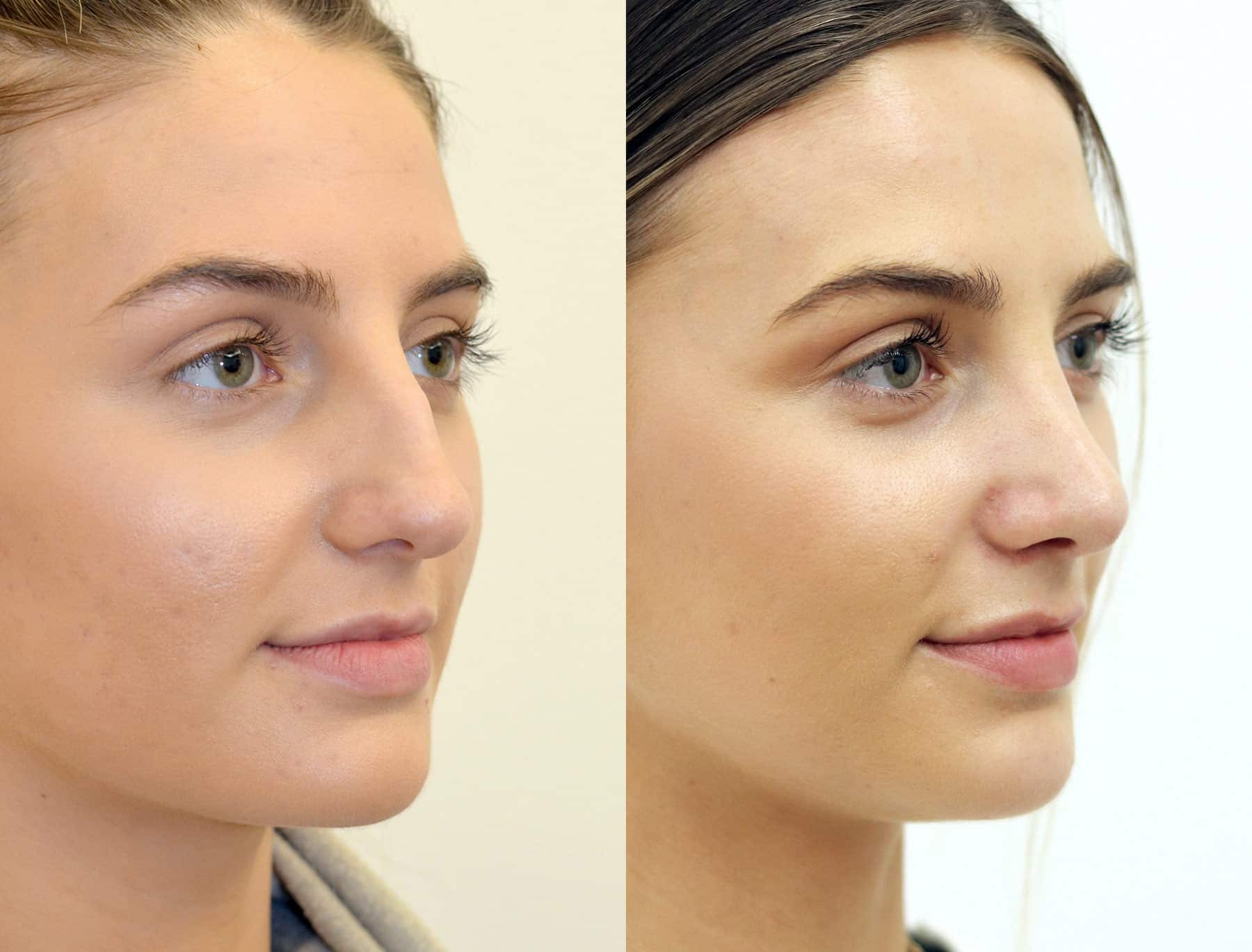
TESTIMONIAL
What our satisfied clients are saying
Thanks you so much!”
Monjarin
Our Latest Blogs
Facelift & Neck Lift: Restoring Harmony to Your Features
In the pursuit of aesthetic perfection, the balance between facial harmony and symmetry stands as the pinnacle of beauty ideals. Dr. Julian De Silva, a renowned authority in facial cosmetic surgery, emphasises the importance of achieving a natural and balanced look...
Erase Years: The Insider’s Guide to Successful Facelift Surgery
Facelift surgery stands out as a beacon of cosmetic enhancement for those seeking to regain a youthful glow and achieve significant facial transformation. This insider's guide, presented by Dr. Julian De Silva, delves into the nuances of successful facelift surgery,...
Facial Muscles Revealed: The Science Behind Your Expressions & Facelift Transformations
Welcome, curious minds, to a captivating exploration of the intricacies of the human face. Within this remarkable canvas lie over 40 muscles, orchestrating a symphony of expressions that define our interactions and emotions. Join me, Dr. Julian De Silva, as we embark on a journey through the marvels of facial anatomy and the delicate artistry of facial surgery.
Contact Details
Call: 020 8748 2860
Email: info@drjuliandesilva.co.uk
Address:
23 Harley Street
London, W1G 9QN, UK
Dr Julian De Silva
5 stars based on 458 reviews

Renowned expert in Facelift/Facial Cosmetic and Plastic Surgery. Signature techniques in Blepharoplasty, Rhinoplasty and Facelift surgery. Expert in revision surgery and in natural looking results


